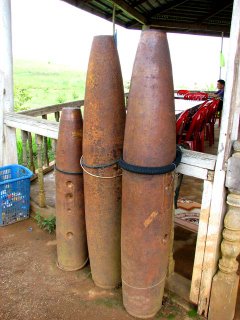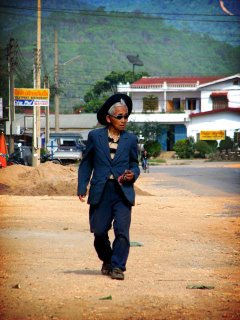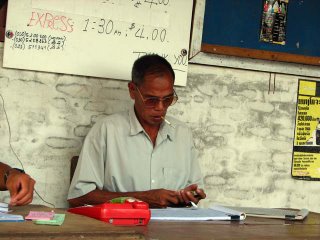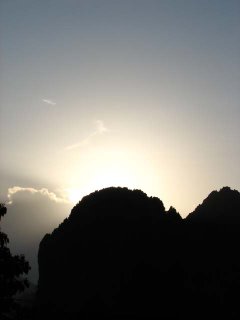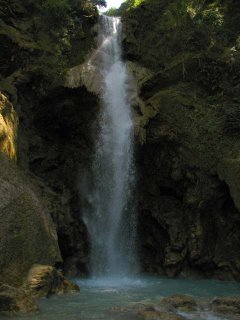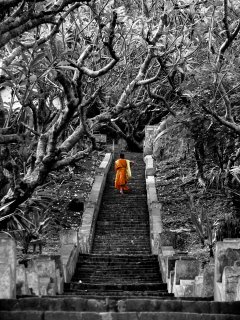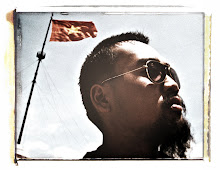Vientiane: Rule #6
The manager of the guest house insisted on laying down some ground rules after I checked in this afternoon. Most of the spiel was your run of the mill guest house policy (no loud noise after 11:00, don’t leave valuables in the room, checkout time is 12 noon, etc. etc. etc.). Mid lecture he started going off on an odd tangent.
Like the beginnings of an off colour joke, he recounted a tragic story of an Englishman, a prostitute and a khathoey (lady boy). So it goes, a few months ago, this Englishman invited his two local “friends,” the prostitute and the ladyboy, to spend a night at the guest house. Long story short, the Englishman woke up the following morning with no prostitute, no khathoey, no money and worst of all, no passport. Unfortunately for him, he couldn’t report this to the authorities because it would implicate him in some wrongdoing of his own. Laos has a strict law in place prohibiting foreigners from sleeping with her citizens.
It was at the conclusion of this story that the manager pointed at guest house rule number 6:
“No prostitute, no ladyboy allowed in room. We cannot take responsible [sic] for your action.”
I suppose the punch line, if you can call it that, would be that the whole sordid mess took place right on this very bed in this very room (you can’t see this but I’m pointing at my bed).
The floor’s starting to look mighty comfortable right about now.

